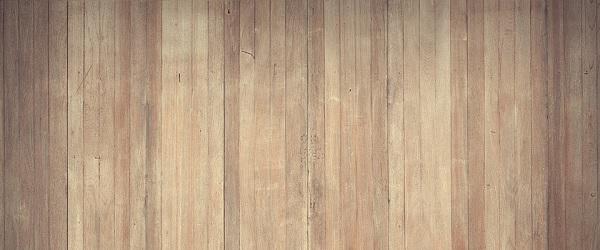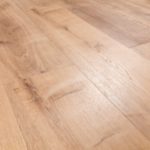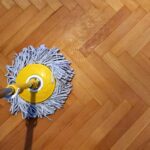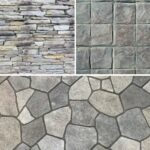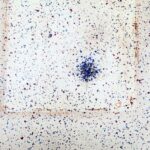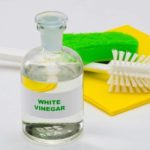It’s important to know what you can and can’t use to clean your natural oak floors, as you don’t want cleaning it to leave more marks than it had before. Vinegar is a perfect alternative to chemical cleaners as not only is it natural, it’s also inexpensive and non-toxic for those with pets and children who may be intrigued by new smells.
Oak floors need special attention to ensure that they keep their beautiful natural-looking finish as they can harbour unwanted bacteria and grime. Vinegar is the perfect product to combat this as it has antibacterial properties and is completely biodegradable.
Which Type of Vinegar Should You Use?
There are many types of vinegar available as vinegar is made from the fermentation of alcohols such as wine or cider. To ensure the best results, use white vinegar to clean your hardwood floors as it has no colour, so it won’t stain any lighter coloured woods. It is also generally the cheapest type of vinegar and readily available in most grocery shops.
How to Clean a Floor with Vinegar
- Sweep or vacuum. Before you begin to do anything whatsoever with the vinegar, you should begin by ensuring that all larger grains of dirt, lint or anything else has been swept or vacuumed up so that the floor is clear of debris.
- Mix vinegar with warm water. You should next mix some warm water (not boiling as this can damage the wood) with the vinegar in a large enough bucket that you can also submerge a mop in, aiming for a ratio of around 125 ml of vinegar to 4.5 litres of water.
- Mop the floor. As you begin to mop the floor, be sure to follow the grain of the wood with your strokes, as this will lessen the visibility of any marks that may be left by the water. It is also important that you change the water regularly to make sure that the water is clean enough to clean your floor. A good rule of thumb is to change it as the water begins to get murky (this is the dirt off your floor that you don’t want to spread to other parts!) or you feel the floor is not coming as clean as it was to begin with.
- Let the floor dry. Once you have finished mopping, if the floor is not too wet then you can leave it to air dry before moving your furniture back into place. If there is a lot of water left on the floor, you may wish to consider using a towel to soak some of this up so that it doesn’t leave splodges of water marks across your floor.
The best thing about using white vinegar is, due to its non-toxic qualities, it is a one-step process, meaning that there is no need to rinse your floor once you have mopped it, making cleaning your oak wood floor an easy job.
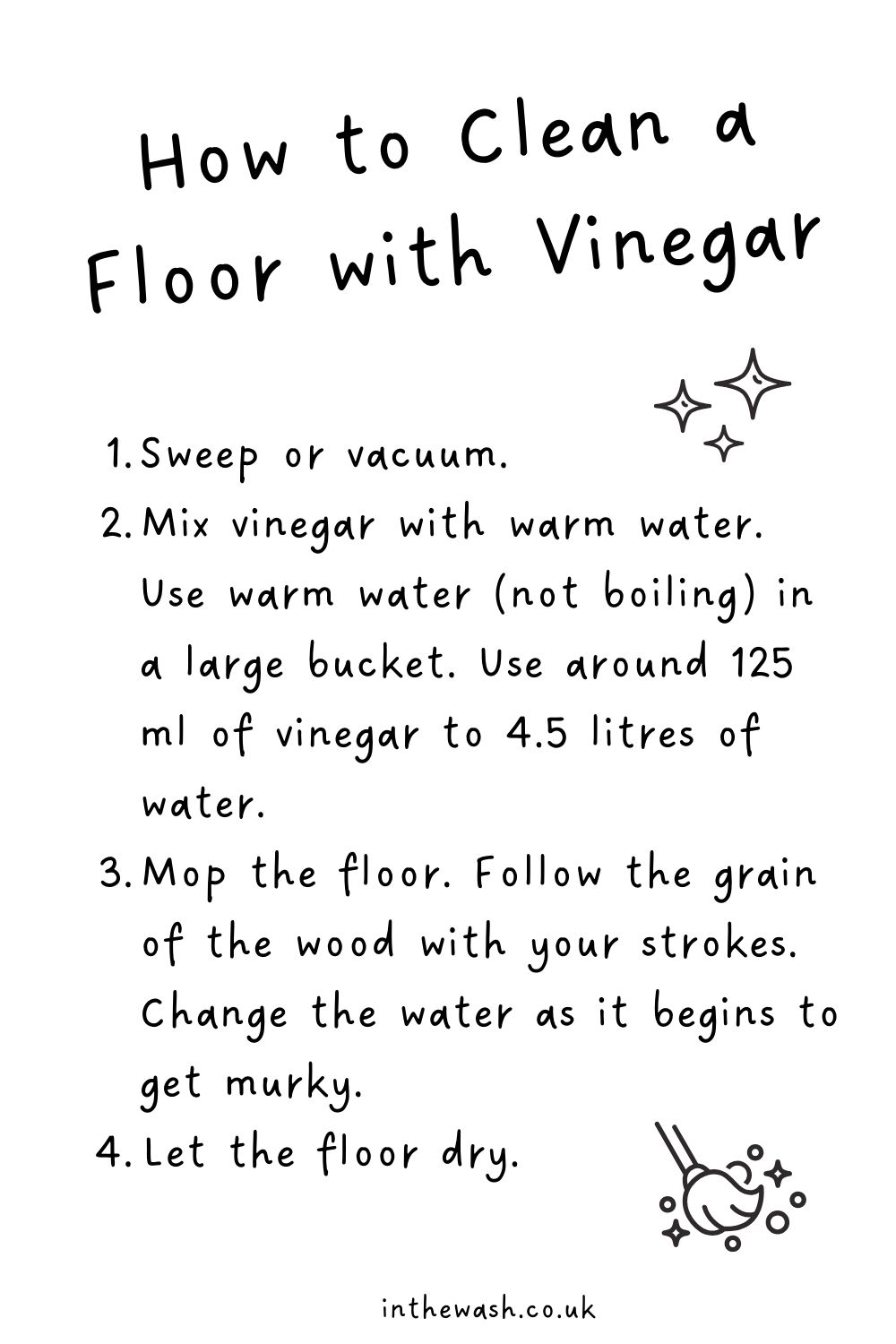

In The Wash is your guide to the best laundry and cleaning products, tips and tricks. Our mission is to solve the UK’s cleaning and laundry dilemmas!
